Although it’s impossible to diagnose a plant problem from a photo alone, especially of one leaf, this does not look like a pest or nutritional problem. Pests (bugs and larvae) do three types of damage: some chomp on leaves making holes, some scrape leaf tissues from underneath leaves creating a paper-thin or “skeletonized” look, and others pierce the leaf with tiny “soda straw” mouth parts making stippled leaves that might be contorted. Your leaf doesn’t look like any of these.
Nutritional issues usually show up over an entire leaf, and aren’t so blotchy/spotty. The entire leaf would be yellowed, for example, or the veins would all be yellow or dark green against a pale leaf.
Leaf spots such as this are usually either fungal or caused by something hitting the leaf and killing the tissue. Fungi are the most common cause of leaf spots – some plants are more prone to fungal damage, and others tend to get it when conditions are right. The most common cause of leaf-spot fungal issues on plants is when the foliage gets hit frequently with water, from rain, or drift from irrigation or a hose. Early morning dew on foliage from cool nights can also lead to fungal issues on many plants.
Another source of leaf damage is contact with hot water from a sun-heated hose, liquid fertilizer applied to the leaves, cleaning products used nearby (window or house cleaning) or other garden products that make foliage photo-sensitive. Although this is possible for your plant the fungal issue is more likely.
In general when we see damage on plants like this the best thing to do is to remove the foliage that falls and dispose of it, keep a plant well watered once a week if it doesn’t rain, and monitor the situation. Don’t be tempted to fertilize “to help”, especially in the fall when the plant is naturally not in a growth cycle.
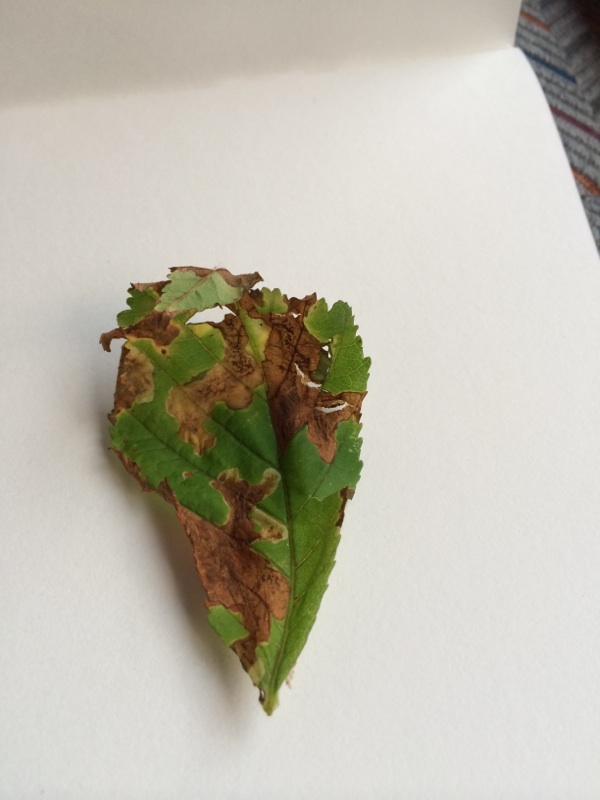
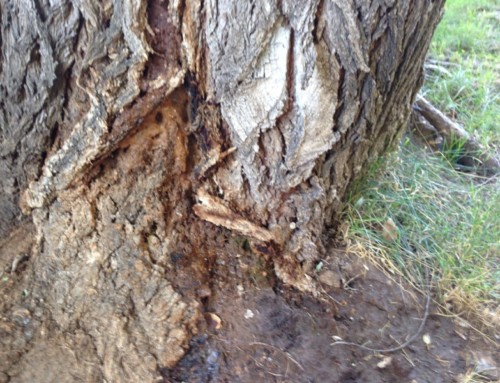
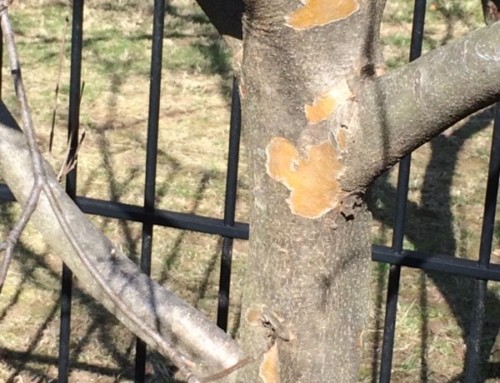
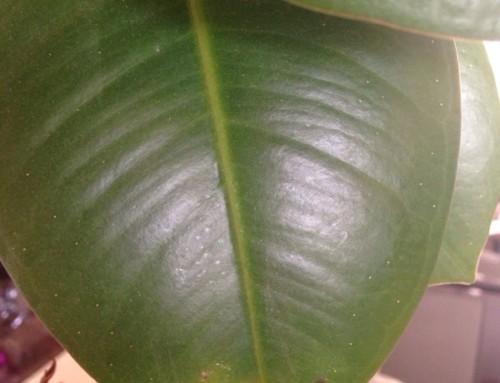
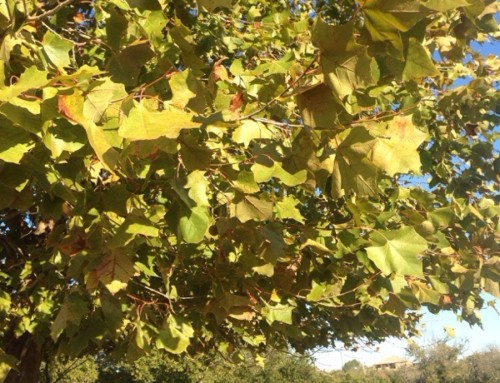
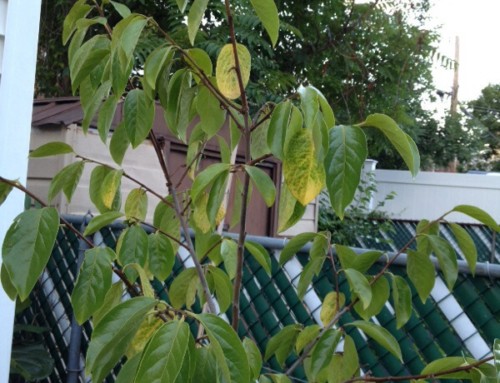
Leave A Comment